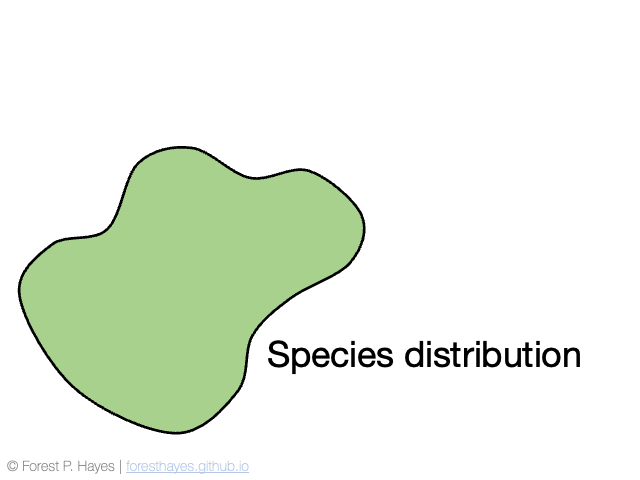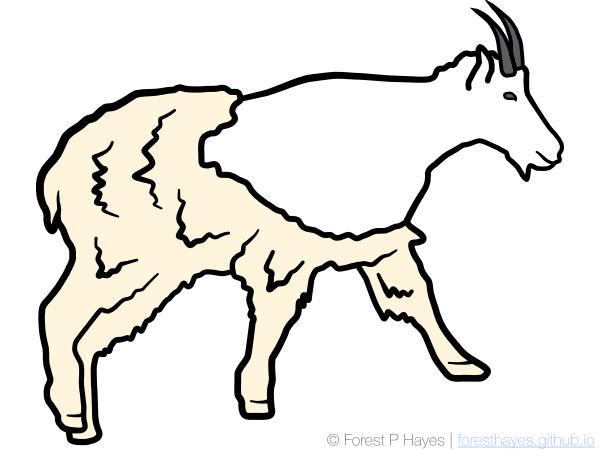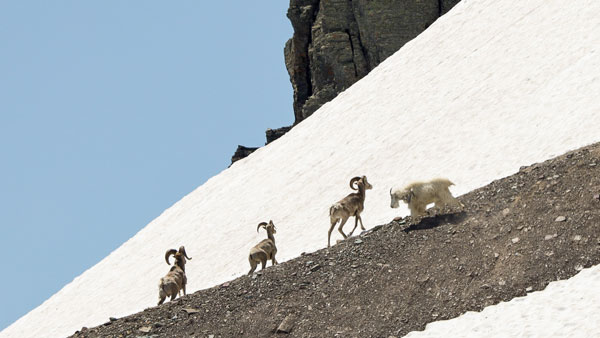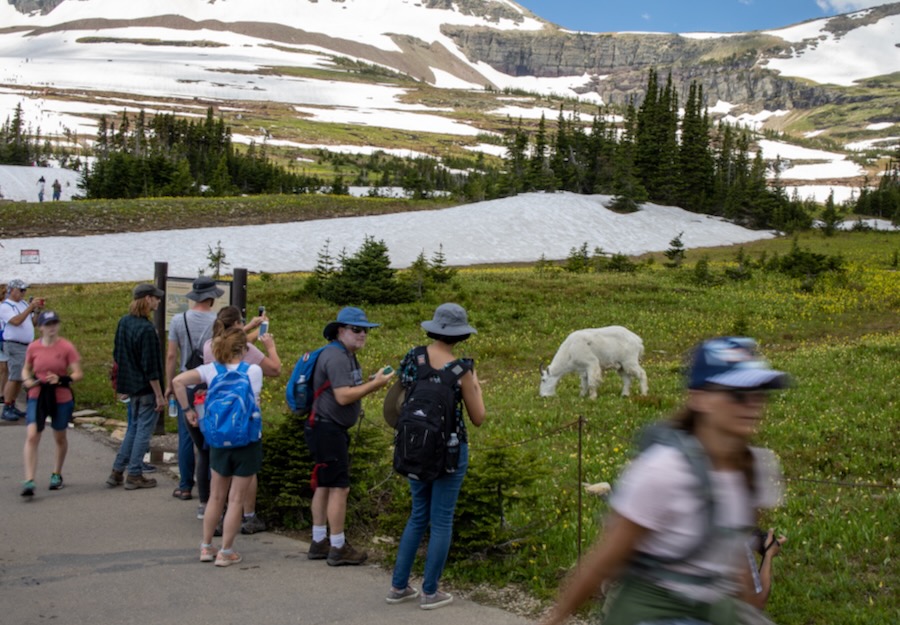
Conserving biodiversity
Rapidly warming climates challenge the persistence of many species as shifts in climate outpace their ability to adapt or relocate. Assisted migration offers a potential solution, but concerns about impacts of invasive species have limited use of this approach. My research examines the value of translocated species located within climate refugia and highlights opportunities for applied conservation through bolstering native populations and providing a buffer against rapidly changing climates. See publications on biodiversity.

Vulnerable species
Cold-adapted species that rely on habitats at high elevation or latitude are particularly vulnerable to warming climes. This is especially true for edge and southerly populations which are most likely to experience a mismatch between their physiological adaptation and changing environmental conditions. I study how climate affects animal responses using in situ observations and investigate how species alter their patterns of spatial use to mitigate thermal stress. See publications on climate change.

Novel interactions
Changing environmental conditions are causing species to shift their ranges, exposing populations to novel conditions, and resulting in and new wildlife community assemblages. Understanding these changes and the resulting species interactions is crucial for conservation of these populations. My research examines plasticity in animal behavior, informing our understanding of how species navigate changes in biotic and thermal environments. See publications on behavioral ecology.

Technology for wildlife science
Researchers are capturing more ecological data than ever before, thanks in part to the rapid expansion of remote monitoring technologies. While these data offer tremendous potential, their full value is often untapped due to processing and analytical challenges. My work leverages cutting-edge tools such as machine learning and artificial intelligence to make these data more accessible and to reduce human effort and processing time.

Human-wildlife interactions
Recent growth in recreation and visitation to natural areas challenge existing infrastructure and lead to increased human-wildlife interactions. The location, frequency, and intensity of these interactions have implications for the distribution, behavior, and demography of wildlife. I collaboratively study the ecological dynamics of anthropogenic activity on animal populations across North America. This research facilitates the informed management of wild areas and reduction of human-wildlife conflict.

Collaboration
Collaboration is key to addressing complex conservation challenges. I welcome opportunities to engage in cooperative research that leverages diverse expertise, perspectives, and skill-sets to advance ecological research and conservation of wildlife.
